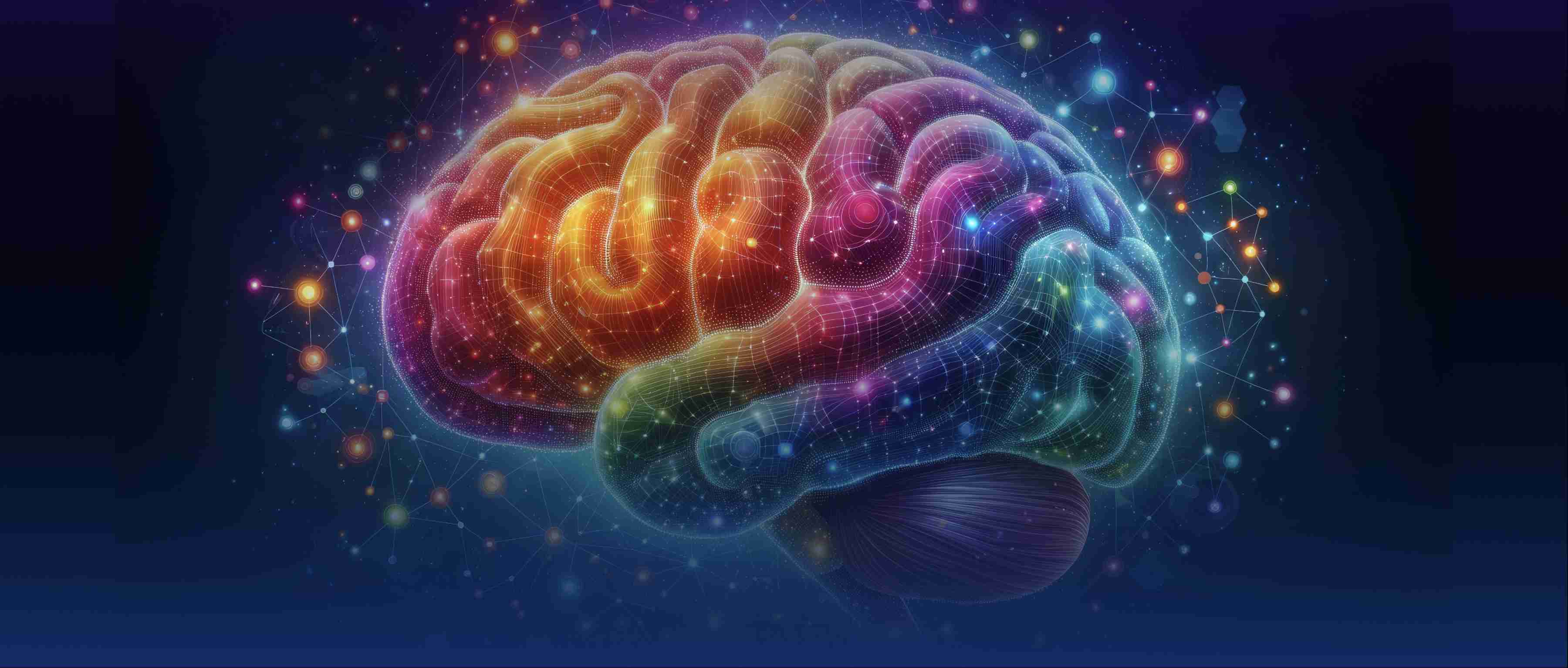Robots perceive the world through a combination of sensors, cameras, and various software algorithms that help them interpret the information they gather. Sensors, such as ultrasonic sensors, infrared sensors, and LiDAR, allow robots to detect distance and obstacles in their environment. For instance, a robot vacuum cleaner uses infrared sensors to detect furniture and avoid collisions, while a self-driving car employs LiDAR to create detailed maps of its surroundings, enabling it to navigate complex road scenarios.
Another important aspect of a robot's perception is computer vision. This process involves using cameras paired with software tools that analyze images to identify objects, track movements, and understand scenes. For example, a robot used in a warehouse may have cameras that help it recognize different products and determine their locations. Through image processing techniques, the robot can convert visual data into actionable intelligence, like planning the most efficient route for picking items. Machine learning algorithms can enhance this experience by enabling robots to learn from past experiences and improve their recognition abilities over time.
Finally, integrating data from multiple types of sensors creates a more comprehensive understanding of the environment. This concept is known as sensor fusion, where data from cameras, GPS, and accelerometers work together, providing robots with a complete picture. An autonomous drone, for example, might synthesize data from visual cameras and GPS to navigate challenging terrains while avoiding obstacles. By using a combination of sensors and advanced processing techniques, robots can effectively perceive and respond to their surroundings, making them more autonomous and capable of performing complex tasks.
